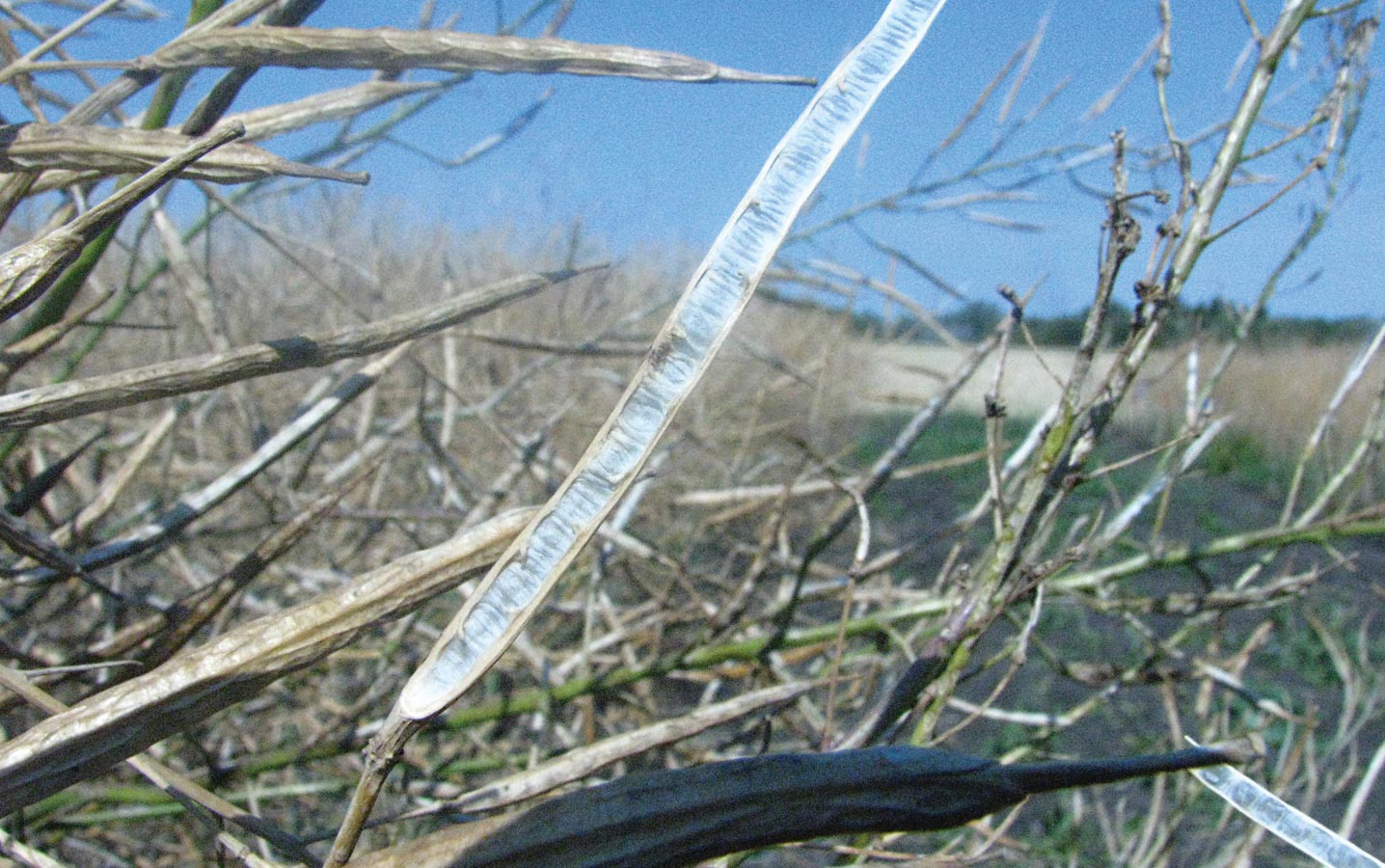Science Edition 2014—Key practice: Economic response to micronutrient applications is rare for canola in Western Canada. However, if growers apply recommended rates of nitrogen, phosphorus and sulphur and yields are not increasing, growers may want to check the micronutrient situation. Key research: Karamanos, R.E., Westco Fertilizers, et al. “Canola response to boron in Canadian prairie soils,” 2003,...
Read More Science Edition 2014—After escaping all the yield loss traps in the field, there is one more obstacle to overcome before delivering canola to the elevator: storage. Grain mismanaged in a bin can result in disappointing losses. Paying attention to the moisture and temperature of the grain as well as outdoors is critical to management. Canola storage was...
Read More Science Edition 2014—Key practice: Recommended fertilizer rates and seeding rates that provide for a competitive stand will make canola more resilient against weeds, insect damage and disease. Key research: Brandt, S.A., Agriculture and Agri-Food Canada (AAFC), et al. “Seeding Rate, Fertilizer Level and Disease Management Effects on Hybrid Versus Open Pollinated Canola (Brassica napus L.).” Effective pest...
Read More 
Science Edition 2014—Key practice: Canola varieties with pod shatter tolerance have arrived. Pod shatter tolerance adds more flexibility for harvest timing, allowing crops to stand longer with fewer losses. Key research: Cavalieri, A., University of Manitoba, et al. “Pod Drop and Pod Shatter Are Not Closely Related in Canola.” Crop Science (2014). Gan, Y., Agriculture and Agri-Food...
Read More Science Edition 2014—Key practice: Target a population of at least seven plants per square foot to maintain yield potential for canola. This target will allow for some plant mortality due to post- seeding stresses without dropping below the minimum five plants per square foot required for canola yield potential. Key research: Leeson, Julia, Agriculture and Agri-Food Canada...
Read More




